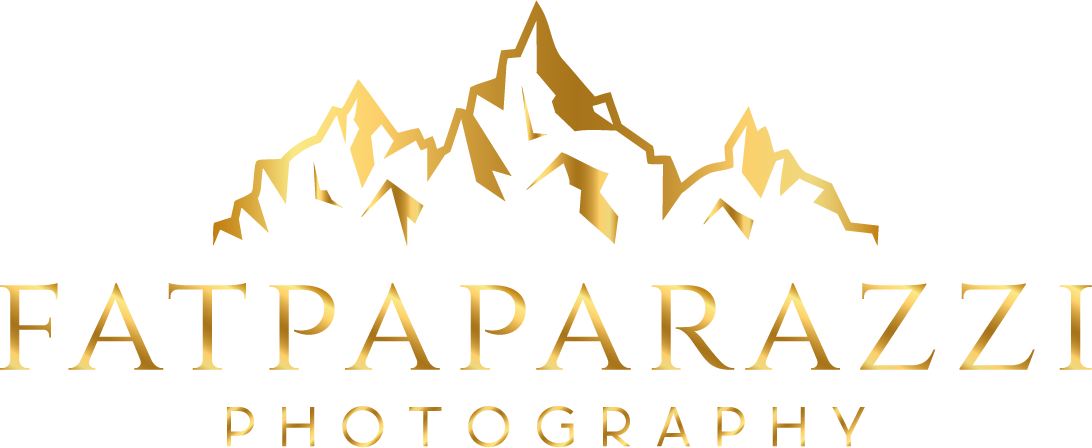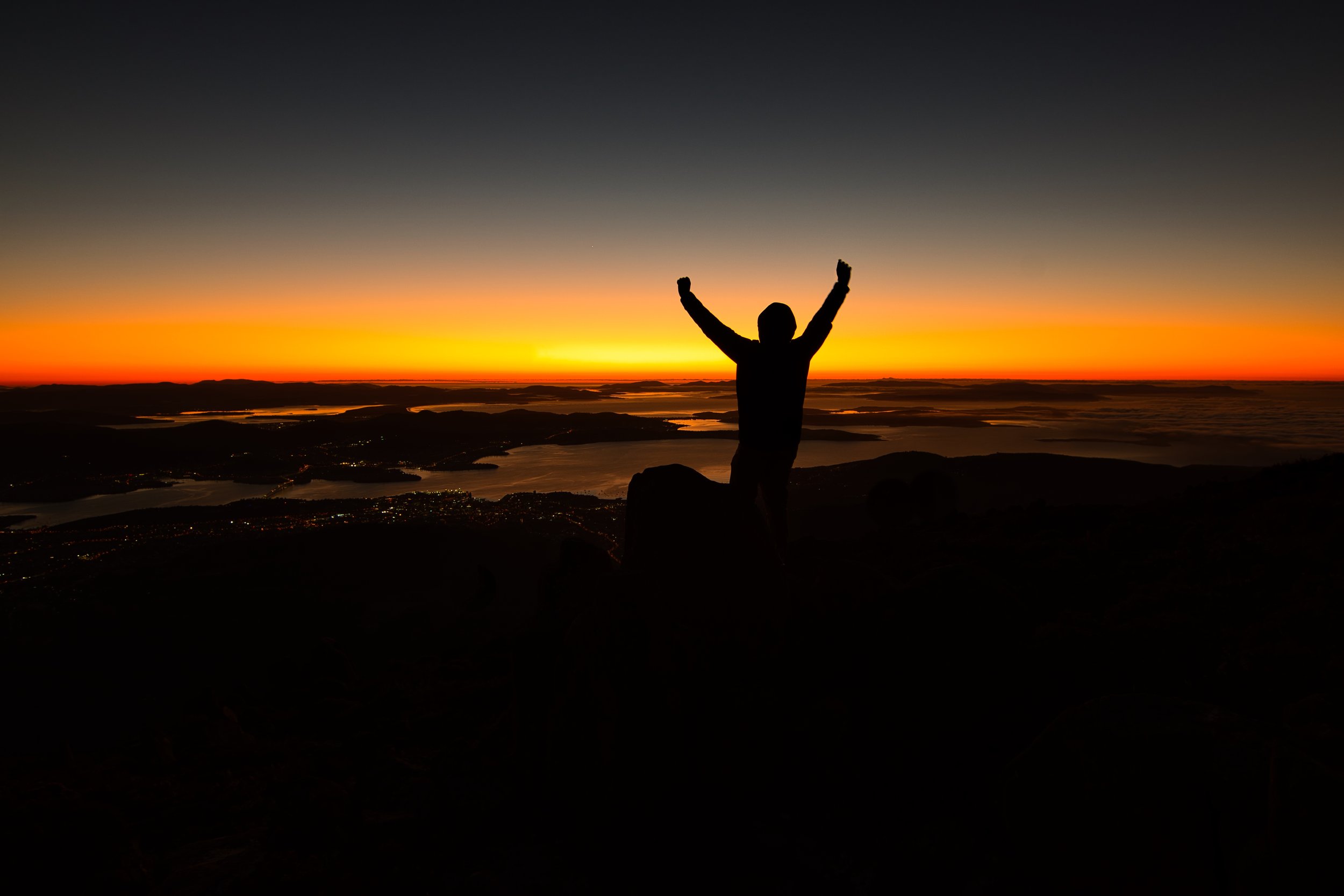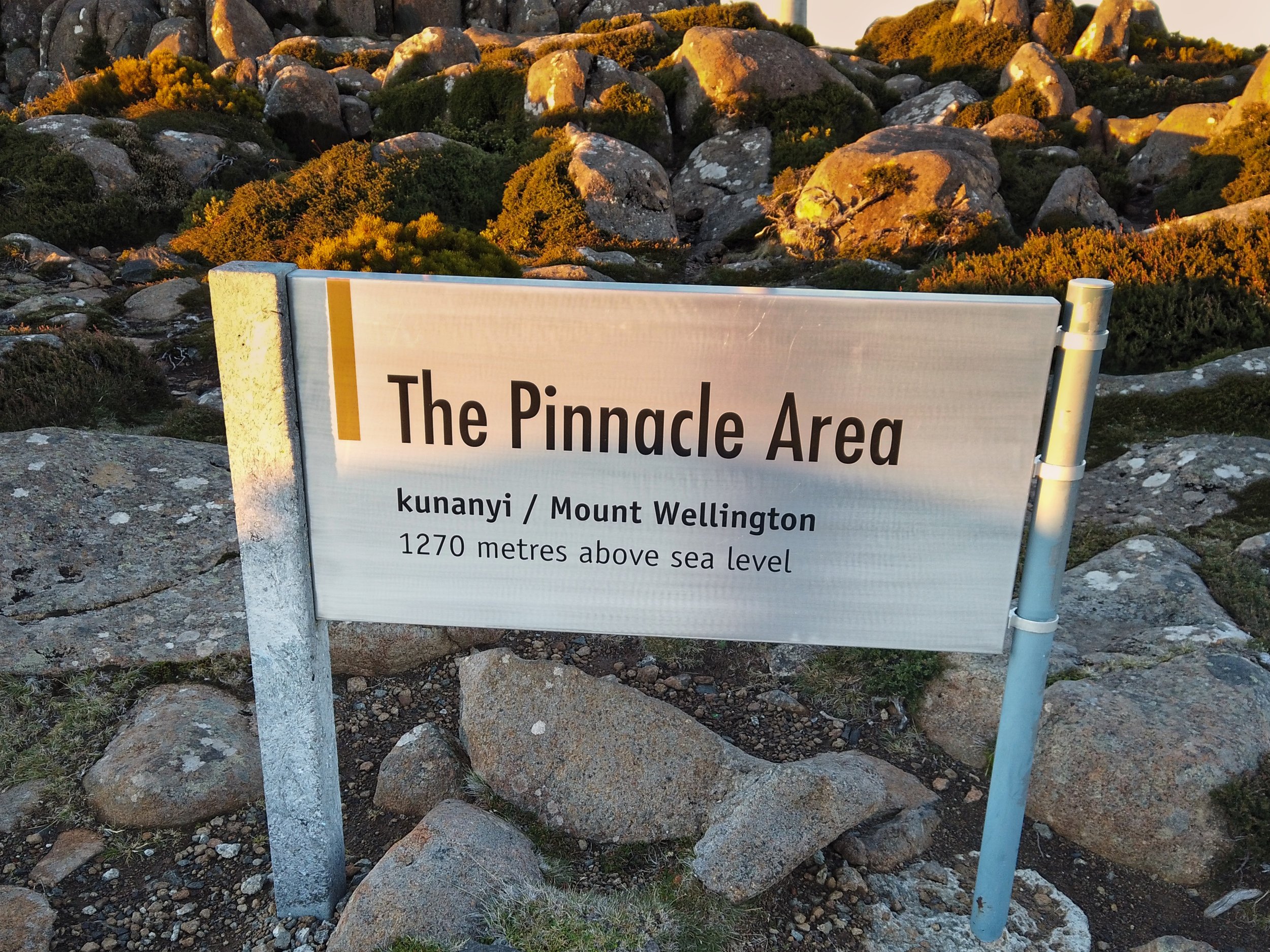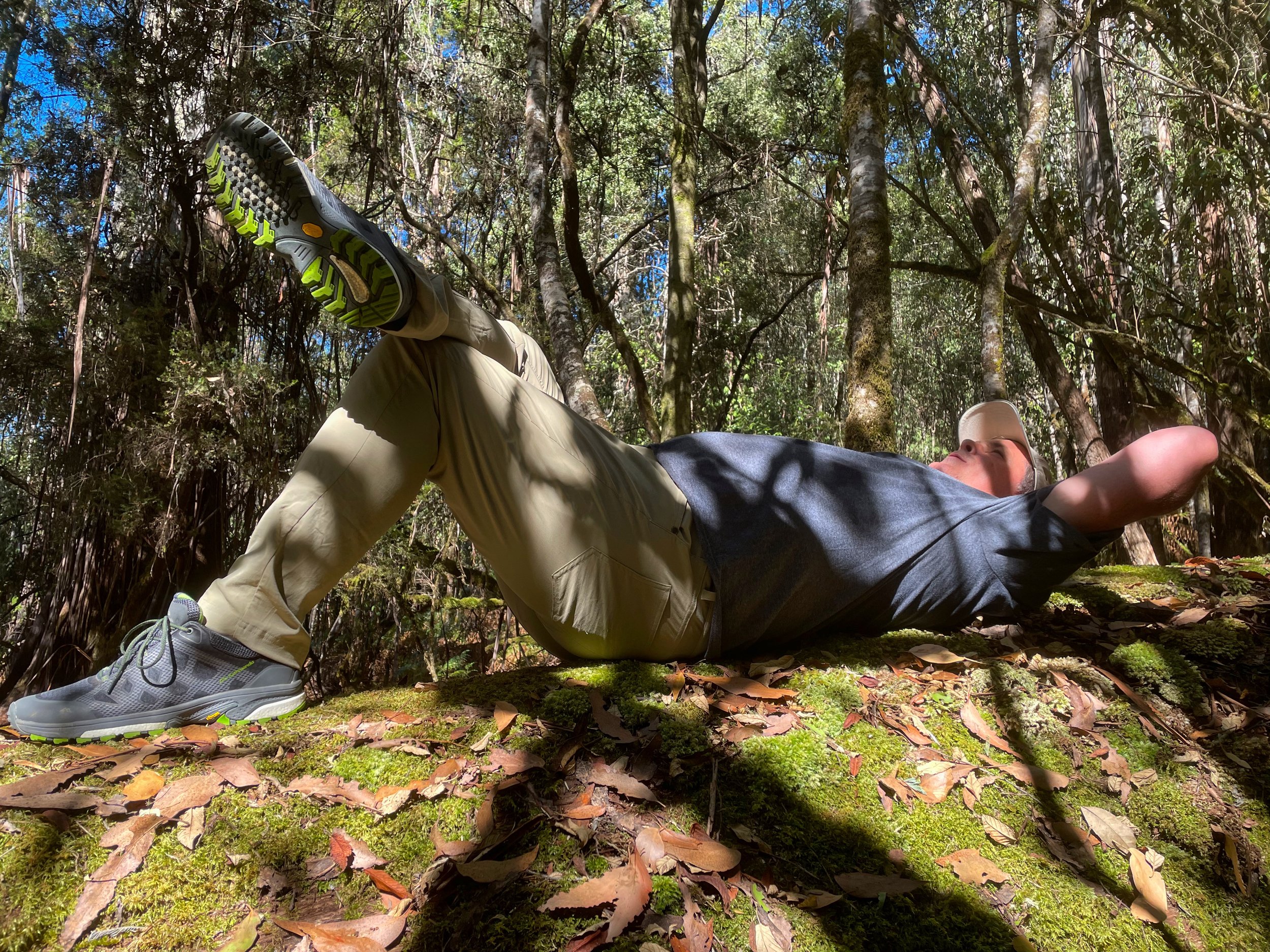2nd light - Hobart to Derwent Bridge
4:30am chimed on the dreaded iPhone heralding our 1 hour drive to the peak of Mount Wellington. Traversing the Derwent yet again, we slowly meandered to the summit in pitch darkness, punctuated only by the redeye shine of every Australian marsupial ever discovered in their endeavour of becoming future roadside Jackson Pollocks.
First to arrive, we nabbed the most strategic photographic location, but only after donning an additional 3 layers of clothing as the wind was biting at the now 1,270 meter elevation. As the morning progressed this would prove vital, and we bet that bus load of Indian tourists arriving later now wished they got up earlier!
Every website, and the wisdom of locals, emphasised the unrivalled beauty of sunrise at Mt Wellington. Having now witnessed that ourselves, no words can describe the overwhelming magic this place holds, so we will leave it to our photographs.
Making the effort….more than worth it
The rising sun added perhaps 5 degrees to the temperature, so we returned to our van, Anthony, for a fresh cup of coffee and a warm up.
Our followers will know our penchant for naming our campervans. Morrison was our last, but this behemoth has been dubbed Anthony. When Abel Tasman departed Mauritius in 1642 heading west in search of the great southern land, he sailed latitudinally too low and missed the Australian mainland. But he did hit the western coast of an island, sailed further around the southern coast then northward toward Hobart. In honour of the Governor General of The Dutch East Indies Company at the time, Anthony Van Damien, he proclaimed this discovery Van Damien’s Land. So, in sticking with our tradition of stupidly naming our “Van”, we have bestowed the name Anthony to this vehicle of choice.
We reluctantly departed the peak and headed back to Hobart to experience the iconic Salamanca Markets. Hobart CBD is only as big as your mainland Westfields, but bringing our brick on wheels into town drew some trepidation. Our fears were availed on arrival by the brilliantly catered for parking facilities allowing even large motorhomes to park within walking distance.
Among the plethora of felt hats, Huon Pine carvings and soap stalls, the markets where filled with local produce and way too many boutique distilleries and wineries flogging their bohemian wares. Even for us this seemed unconstitutional at 8:30am! However, we did walk away with a belly full of gozlemes, a bag of the crispiest apples ever tasted, and 2 litres of lavender whiskey.
The greatest aspect of these markets though is their location in the heart of Hobart within the shadow of convict built establishments typifying the towns rich maritime history.
Our next itinerised stop would be Mount Field National Park a few hundred kilometres northwest. This park is home to countless walking trails and for most, the easily accessible Russell Falls Loop. No more than 4km in length, this gentle bush walk gives the visitor ideal vantage points for Russell Falls, Horseshoe Falls, Lady Baron Falls and the Land of The Giants. Tasmania is renowned for year round rainfall, however unfortunately on our visit these falls were lacking in volume and perhaps slightly less spectacular than google images promised. Nonetheless, Mt Field NP is a must see on any Tasmanian circumnavigation. Even their dunnies were of Cobar Shell standards!
Russell Falls, Mt Filed NP, Tasmania
Westward Ho! we continued, destined for Derwent Bridge. That stop was geographically as close as possible to the centre of Tasmania, however on arrival we were disappointed to neither find a bridge, nor a pencil factory. The town does however boast another major attraction, that of the Wall in the Wilderness. Artist Greg Duncan has paid homage to the Tasmanian Central Highlands by creating a 3 metre high, 100 metre long Huon Pine carving depicting the history of the area from the local indigenous population to the pioneers who began harvesting timber from the ancient forests. Images of pastoralists, miners and hydro-electric workers along with the many native animals complete the story to modern day. No photography is permitted in the facility, so no-one knows what it really looks like…and now neither will you.
We ventured only 10km further to our planned stop at Lake St Clair National Park were we made camp in very spartan, yet powered sites hidden deep beneath the towering trees of the area. The sun was there, but hardly seen given their enormity, so we explored the lake and surrounding short trails. The atmosphere was moody and ethereal, with an almost enchanted presence at this tranquil place. The Aboriginal name for Lake St Clair is leeawuleena, meaning ‘sleeping water’, and on still days one could truly appreciate the meaning. Like Mt Field, the park facilities in Tasmania are some of the best we have ever experienced and we headed back for a quick shower and to start dinner. The plummeting temperature kept us inside Anthony most of the night, leaving only during the pitch of night to return to the lake and count the endless stars in the crisp clean Taswegian air.
West Coast Mountain Range, Tasmanina


























